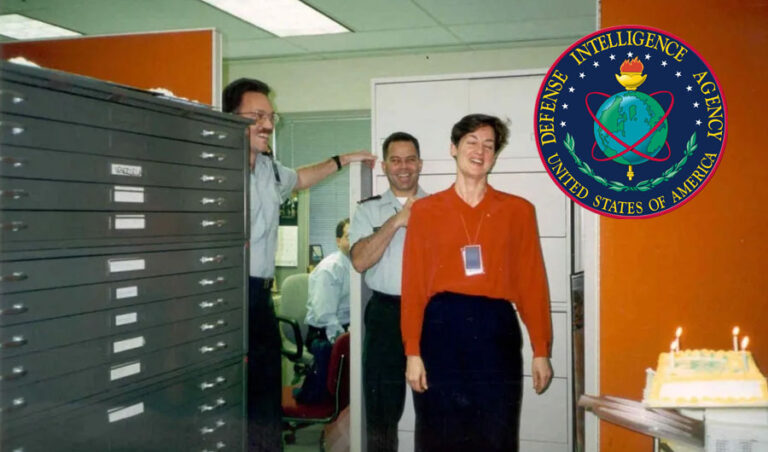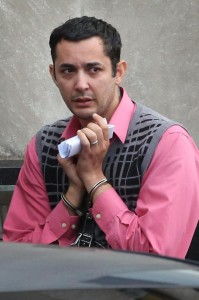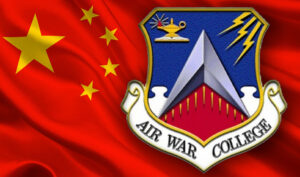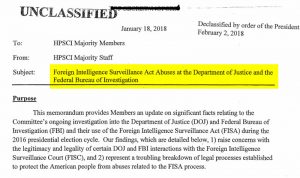Someone in DIA first reported Ana Montes to security in 1990 after attending one of my D*I*C*E security awareness briefings I did while at DIA. Then this article says a group from NSA who identified someone was spying for Cuba presented their information in 1998 to the FBI, then went around them in 2000 directly to DIA and she was finally arrested in Sept 2001. It took a while to get her into prison, but now she’s getting out after serving 25 years.
–
(The Independent) She toiled for years in the annals of US intelligence, establishing her reputation as a Cuba expert while covertly passing secrets to Fidel Castro’s regime. Her patriotic siblings and their spouses worked for the FBI. She was only caught after a dogged NSA analyst, who’d fled Cuba with her family as a child, heroically sparked a quiet but desperate manhunt for the traitor selling out America to the Communists.
The life of Ana Montes sounds like something from a Hollywood spy plot. Now,the former Defense Intelligence Agency (DIA) employee is about to walk free from prison. More than 20 years after her 2001 capture, Montes has somehow never become a household name.
“If Ana had been arrested a couple of weeks before she was, and 9/11 hadn’t happened, I think she would be known as one of the more significant spies, like Robert Hanssen, like Rick Ames, who was at CIA,” says Jim Popkin, author of new book Code Name Blue Wren: The True Story of America’s Most Dangerous Female Spy – and the Sister She Betrayed. “The story just was completely subsumed by 9/11.” . . . .
. . . Notably, Montes was an ideological spy, receiving nothing other than reimbursement for small expenses as she put her life and career on the line for a foreign power.
She worked her way up through the Department of Justice and then DIA, earning a reputation for aloofness and a fiercely territorial attitude towards Castro’s island. Derisive behind-her-back nicknames included “Queen of Cuba” and “La Otra,” meaning “The Other,” he writes.
Montes spent years compiling, memorizing and passing on information to the Cubans, using tradmark spycraft that ranged from encryption to calls from payphones. As she was writing reports about Cuba’s capabilities for the US government, she was undermining American efforts by feeding vital details to the Castro regime, including the identities of four undercover agents on the island. Code Name Blue Wren also raises questions about her involvement in the death of an American Special Forces officer in El Salvador. There’d been an attack on his location, which she’d visited just weeks beforehand. . . . (read more)











